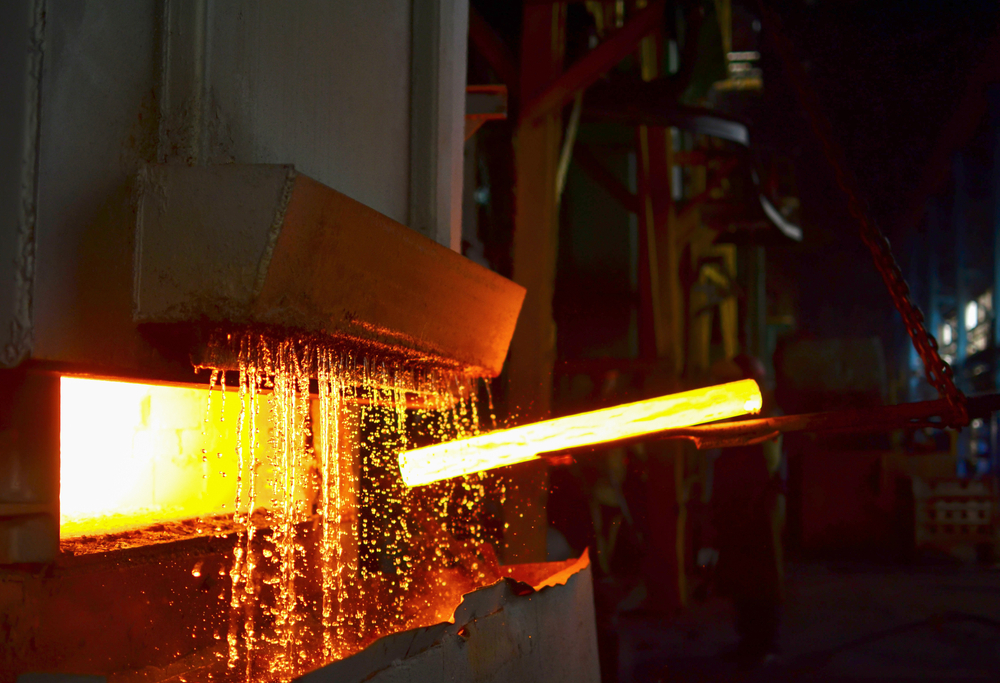Difference between Annealing And Tempering
by Yaseen Mirza
Posted on March 10, 2022 at 4:00 PM

Material science is an interdisciplinary subject of engineering and design that is pushing the boundaries of metallurgy development. The science of metallurgy expands our understanding of alloys and their properties. The ultimate purpose of metallurgy is to improve metal qualities such as strength, corrosion resistance, hardness, and extreme temperature performance. The most typical application of metallurgy is heat treatment. Metal undergoes heat treatment to change its physical and mechanical properties without changing its shape. It is essentially the process of heating and cooling metal in order to make it more suitable for precise machining. Heat treatments are used to improve the mechanical properties of steels and alloys. It modifies alloy microstructure and imparts desired qualities such as hardness, ductility, strength, elasticity, formability, and temperature resistance to alloys. Steel's,crystal structure is determined by the geometry of its atoms. The body-centered-cubic (BCC) and face-centered-cubic (FCC) crystal structures in iron are similar (FCC). Different additional elements disrupt the alignment of the crystal structures during the alloying process, resulting in increased strength. Heat treatments will be successful due to the shift in crystal structure.
Three things are needed for heat treatment to work even though the metal is being treated:
The critical temperature.
The amount of time the metal needs to be kept in the recrystallization stage.
The cooling medium used.
There are many ways to heat treat things today, but annealing and tempering are two of the most common.
The method used to heat the metal determines whether it is annealed or tempered. Tempering includes heating metal to a specific temperature below the critical point and then cooling at a very slow and controlled pace, whereas annealing involves heating steel to a defined temperature and then cooling at a very slow and controlled rate.
Annealing
It's a type of heat treatment in which metal is heated over its critical temperature and then cooled slowly to achieve a finer microstructure. Cooling occurs at a slower pace. This technique softens metal, improves ductility, machinability, and electrical conductivity, and changes its physical properties. Atoms dissociate in the crystal structure during annealing, resulting in fewer interstitial sites and improved hardness and ductility. Metal recrystallizes after cooling, resulting in the appropriate microstructure.
There are three basic steps to the annealing procedure:
Recovery stage
The temperature of the metal in the furnace is raised in this step to relieve the internal stress created by the cold working procedure.
Recrystallization stage
The metal is heated at a high temperature, but not enough to melt it. This causes new grains to form.
Grain growth stage
A crystal structure is used to form the new grains. The subsequent cooling of the metal controls this development.
Annealed metals can be used for the following things:
Work-hardened material or cold-drawn bars.
Welded materials require annealing, as welding create stress to metals
Materials operated from machining.
Tempering
Tempering is a heat treatment technique that alters the ductility and hardness of metals. It also relieves metal's internal stress, which occurs during hardening. Metal is heated below its critical temperature and held there for a predetermined amount of time in this procedure. After that, the air cools down. The temperature that must be determined for tempering varies depending on the steel grade. Tempering has the benefit of increasing the metal's toughness while lowering its hardness. To make things easier, there are different material qualities for different applications. Steel that has been hardened can become brittle and shatter easily during machining. Steel that has not been hardened may not have the strength required for industrial purposes. Tempering is done after the metal has been hardened. It reduces internal stress and refines the microstructure by dispersing carbon in the crystal structure. Ductility, strength, formability, machinability, weldability, and abrasion resistance are all improved by tempering.
Tempering can be used for a variety of purposes, including:
Mostly tempering is used after quenching.
Hardened materials require tempering.
During welding, the material is hardened due to heat.
Tempering can be used to relieve the stress of the material
Understanding The Difference Between Annealing And Tempering
Both processes use heat, but the principles they follow are quite different, and as a consequence, the outcomes they create are very different as well.Applications where strength, toughness, and flexibility are critical require tempering steel. Large-scale construction, industrial equipment, and vehicle drivetrains are all included in this category. For these applications, tempering reduces the risk of injury by making them practicable.Annealing softens metals, making them suitable for goods that don't need to withstand a lot of stress. This comprises a wide range of common home goods and other stuff. If you need help with heat treatments like annealing and tempering, Amardeep Steel Center's professionals are here to help.With the addition of a new heat treatment facility at our headquarters, our in-house capabilities have been bolstered in compliance with our ISO 9001 accreditation and AMS 2750 Rev E standards.